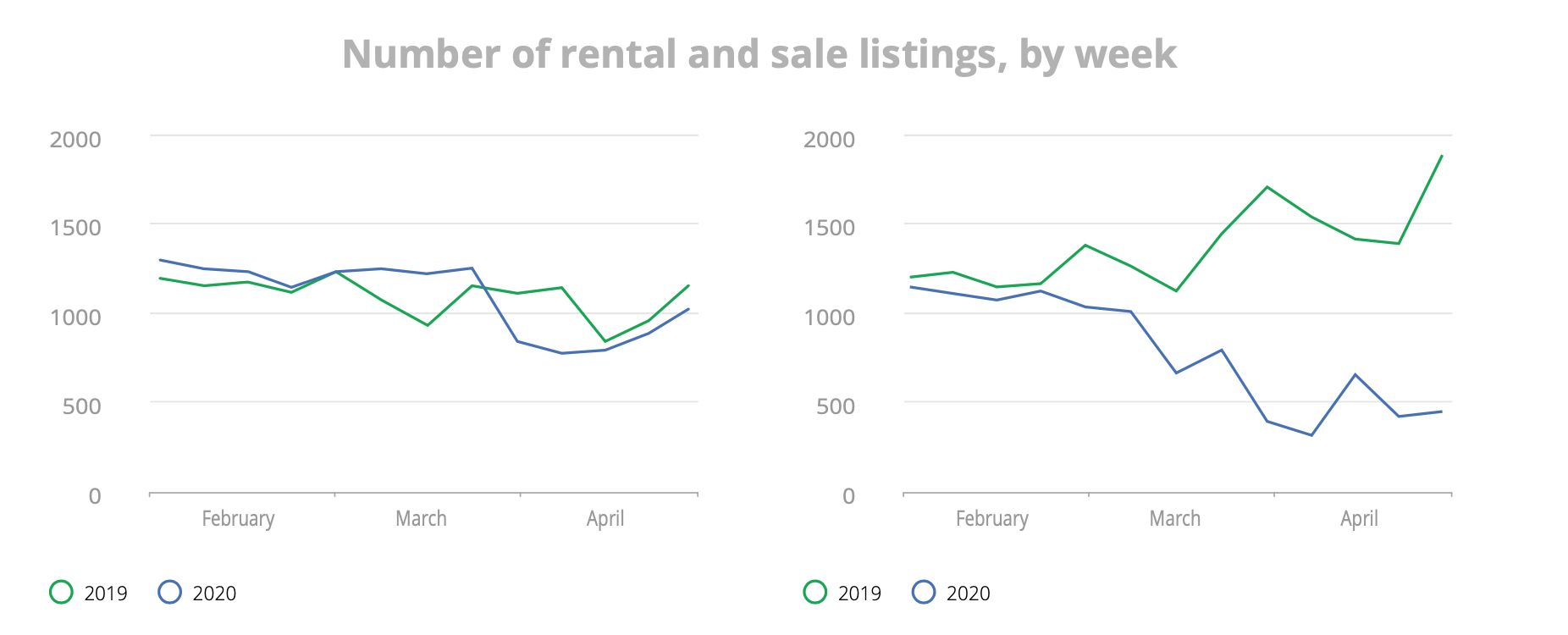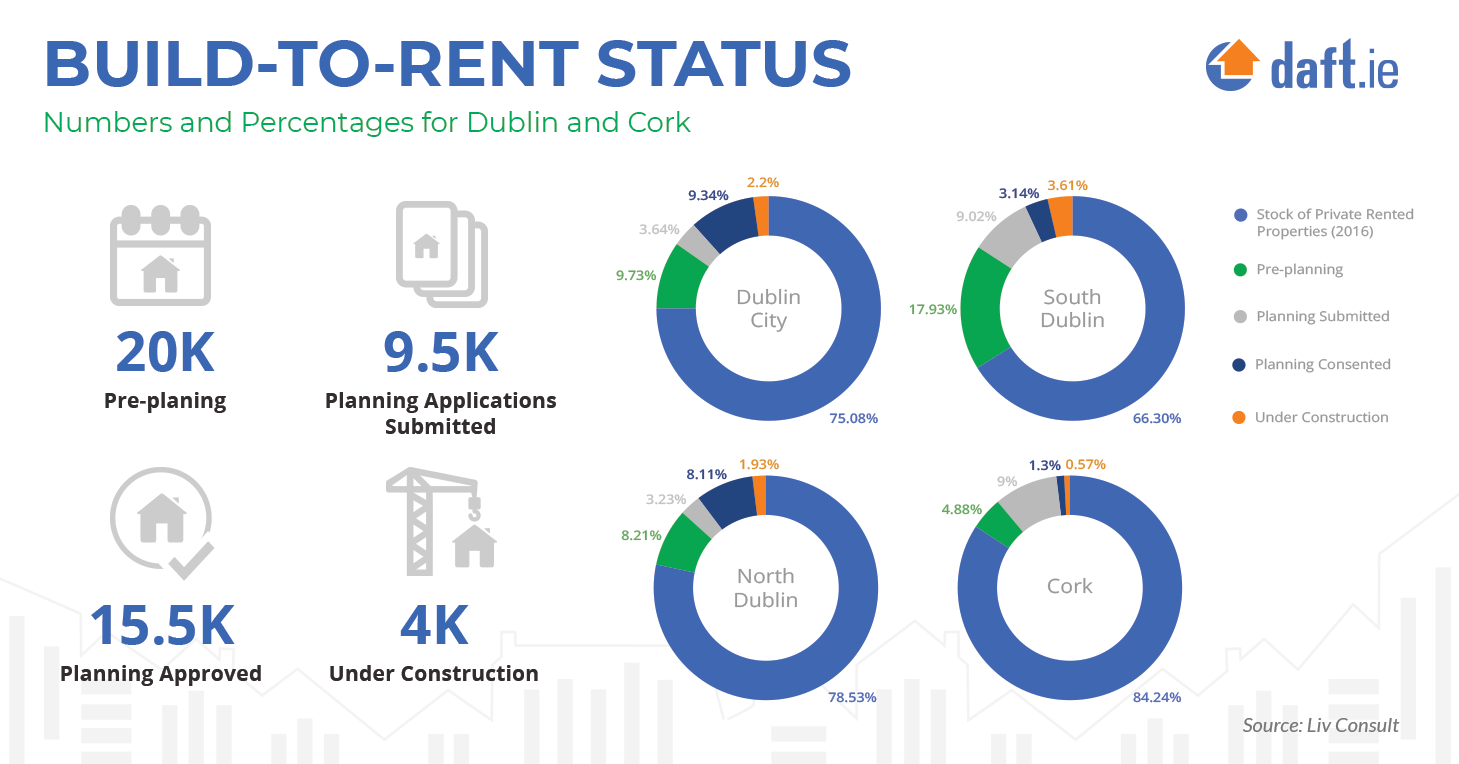Irish Rental Report Q1 2020 | Daft.ie
Daft Reports
- Ronan Lyons (House Price, Q1 2024)
- Ronan Lyons (Rental Price, Q4 2023)
- Ronan Lyons (House Price, Q4 2023)
- Ronan Lyons (Rental Price, Q3 2023)
- Ronan Lyons (House Price, Q3 2023)
- Ronan Lyons (Rental Price, Q2 2023)
- Ronan Lyons (House Price, Q2 2023)
- Ronan Lyons (Rental Price, Q1 2023)
- Ronan Lyons (House Price, Q1 2023)
- Ronan Lyons (Rental Price, Q4 2022)
- Ronan Lyons (House Price, Q4 2022)
- Ronan Lyons (Rental Price, Q3 2022)
- Ronan Lyons (House Price, Q3 2022)
- Ronan Lyons (Rental Price, Q2 2022)
- Ronan Lyons (House Price, Q2 2022)
- Ronan Lyons (Rental Price, Q1 2022)
- Ronan Lyons (House Price, Q1 2022)
- Ronan Lyons (Rental, Q4 2021)
- Ronan Lyons (House Price, Q4 2021)
- Ronan Lyons (Rental, Q3 2021)
- Ronan Lyons (House Price, Q3 2021)
- Ronan Lyons (Rental, Q2 2021)
- Ronan Lyons (House Price, Q2 2021)
- Ronan Lyons (Rental, Q1 2021)
- Ronan Lyons (House Price, Q1 2021)
- Ronan Lyons (Rental, Q4 2020)
- Ronan Lyons (House Price, Q4 2020)
- Ronan Lyons (Wealth, H2 2020)
- Ronan Lyons (Rental, Q3 2020)
- Ronan Lyons (House Price, Q3 2020)
- Ronan Lyons (Housing, July 2020)
- Ronan Lyons (Housing, June 2020)
- Ronan Lyons (Housing, May 2020)
- Ronan Lyons (Rental, Q1 2020)
- Ronan Lyons (House Price, Q1 2020)
- Ronan Lyons (Rental, Q4 2019)
- Ronan Lyons (House Price, Q4 2019)
- Ronan Lyons (Wealth, H2 2019)
- Ronan Lyons (Rental, Q3 2019)
- Ronan Lyons (House Price, Q3 2019)
- Pierre Yimbog (Rental, Q2 2019)
- Ronan Lyons (House Price, Q2 2019)
- Ronan Lyons (Wealth, H1 2019)
- Ronan Lyons (Rental, Q1 2019)
- Ronan Lyons (House Price, Q1 2019)
- Ronan Lyons (Rental, Q4 2018)
- Ronan Lyons (House Price, Q4 2018)
- Ronan Lyons (Wealth, H2 2018)
- Ronan Lyons (Rental, Q3 2018)
- Ronan Lyons (House Price, Q3 2018)
- Shane De Rís (Rental, Q2 2018)
- Ronan Lyons (House Price, Q2 2018)
- Ronan Lyons (Wealth, 2018)
- Ronan Lyons (Rental, Q1 2018)
- Ronan Lyons (House Price, Q1 2018)
- Ronan Lyons (Rental, Q4 2017)
- Ronan Lyons (House Price, Q4 2017)
- Ronan Lyons (Rental, Q3 2017)
- Ronan Lyons (House Price, Q3 2017)
- Katie Ascough (Rental, Q2 2017)
- Ronan Lyons (Wealth, 2017)
- Ronan Lyons (House Price, Q2 2017)
- Ronan Lyons (Rental, Q1 2017)
- Ronan Lyons (House Price, Q1 2017)
- Ronan Lyons (Rental, Q4 2016)
- Ronan Lyons (House Price, Q4 2016)
- Ronan Lyons (Rental, Q3 2016)
- Ronan Lyons (House Price, Q3 2016)
- Ronan Lyons (School Report, 2016)
- Conor Viscardi (Rental, Q2 2016)
- Ronan Lyons (Rail Report, 2016)
- Ronan Lyons (House Price, Q2 2016)
- Ronan Lyons (Rental, Q1 2016)
- Ronan Lyons (House Price, Q1 2016)
- Ronan Lyons (Rental, Q4 2015)
- Ronan Lyons (House Price, Q4 2015)
- Ronan Lyons (Rental, Q3 2015)
- Ronan Lyons (House Price, Q3 2015)
- Marcus O'Halloran (Rental, Q2 2015)
- Ronan Lyons (House Price, Q2 2015)
- Ronan Lyons (Rental, Q1 2015)
- Ronan Lyons (House Price, Q1 2015)
- Ronan Lyons (Rental, Q4 2014)
- Ronan Lyons (House Price, Q4 2014)
- Ronan Lyons (Rental, Q3 2014)
- Ronan Lyons (House Price, Q3 2014)
- Domhnall McGlacken-Byrne (Rental, Q2 2014)
- Ronan Lyons (House Price, Q2 2014)
- Ronan Lyons (Rental, Q1 2014)
- Ronan Lyons (House Price, Q1 2014)
- Ronan Lyons (Rental, Q4 2013)
- Ronan Lyons (House Price, Q4 2013)
- Ronan Lyons (Rental, Q3 2013)
- Ronan Lyons (House Price, Q3 2013)
- Ronan Lyons (Rental, Q2 2013)
- Ronan Lyons (House Price, Q2 2013)
- Ronan Lyons (Rental, Q1 2013)
- Ronan Lyons (House Price, Q1 2013)
- Ronan Lyons (Rental, Q4 2012)
- Ronan Lyons (House Price, Q4 2012)
- Lorcan Sirr (Rental, Q3 2012)
- Padraic Kenna (House Price, Q3 2012)
- John Logue (Rental, Q2 2012)
- Ronan Lyons (House Price, Q2 2012)
- Barry O'Leary (Rental, Q1 2012)
- Seamus Coffey (House Price, Q1 2012)
- Joan Burton (Rental, Q4 2011)
- Ronan Lyons (House Price, Q4 2011)
- Philip O'Sullivan (Rental, Q3 2011)
- Sheila O'Flanagan (House Price, Q3 2011)
- Rachel Breslin (Rental, Q2 2011)
- Constantin Gurdgiev (House Price, Q2 2011)
- Cormac Lucey (Rental, Q1 2011)
- Eoin Fahy (House Price, Q1 2011)
- Lorcan Roche Kelly (Rental, Q4 2010)
- Ronan Lyons (House Price, Q4 2010)
- John Fitzgerald (Rental, Q3 2010)
- Patrick Koucheravy (House Price, Q3 2010)
- Gary Redmond (Rental, Q2 2010)
- Jim Power (House Price, Q2 2010)
- Jill Kerby (Rental, Q1 2010)
- Brian Lucey (House Price, Q1 2010)
- Michael Taft (Rental, Q4 2009)
- Alan McQuaid (House Price, Q4 2009)
- Dr. Charles J. Larkin (Rental, Q3 2009)
- Emer O'Siochru (House Price, Q3 2009)
- Ronan Lyons (Rental, Q2 2009)
- Oliver Gilvarry (House Price, Q2 2009)
- Brian Devine (Rental, Q1 2009)
- Dr. Liam Delaney (House Price, Q1 2009)
- Gerard O'Neill (Rental, Q4 2008)
- Ronan Lyons (House Price, Q4 2008)
- Dr. Stephen Kinsella (Rental, Q3 2008)
- Moore McDowell (House Price, Q3 2008)
- Shane Kelly (Rental, Q2 2008)
- Fergal O'Brien (House Price, Q2 2008)
- Eoin O'Sullivan (Rental, Q1 2008)
- Dermot O'Leary (House Price, Q1 2008)
- Dan O'Brien (Rental, Q4 2007)
- Frances Ruane (House Price, Q4 2007)
- John McCartney (Rental, Q3 2007)
- Ronnie O'Toole (House Price, Q3 2007)
- Ronan Lyons (Rental, Q2 2007)
- Constantin Gurdgiev (House Price, Q2 2007)
- Fintan McNamara (Rental, Q1 2007)
- Rossa White (House Price, Q1 2007)
- Geoff Tucker (Rental, Q4 2006)
- Damien Kiberd (House Price, Q4 2006)
- Pat McArdle (House Price, Q3 2006)
- Marc Coleman (House Price, Q2 2006)
- David Duffy (House Price, Q1 2006)
- Austin Hughes (House Price, Q4 2005)
- David McWilliams (House Price, Q2 2005)

12th May 2020
Covid-19 shock may last into the medium term - but long-term picture still matters
The three months since the last Rental Report have been, even by the rollercoaster standards of Ireland's housing market, extraordinary. That report did find that a run of 29 consecutive quarters - over seven years - of steadily rising rents came to an end, even before the pandemic hit. But the commentary was dominated by the election, happening around the same time, and what was topping voter concerns was, based on the campaign and results, housing - in particular rental housing.

By mid-March, those concerns had been supplanted, temporarily at least, by the urgent need to stem the covid19 pandemic. This health crisis has transformed into a much wider economic crisis, with everyday life largely on hold until policymakers are happy that the healthcare system can handle some return to normality. The economic impact has been extraordinary, with unemployment - always a slippery concept to measure but even more so now - likely above 20% and central estimates by the government that domestic demand will fall by something like 15% this year, compared to last year.
Ireland has, somewhat unfortunately, a recent enough episode to help shape expectations of how this may affect the rental market. In the housing market crash that started in 2007, there was also a rapid increase in unemployment - from below 5% to above 15% - and a sharp fall in average incomes. These led to a 30% fall in rents between 2007 and 2010 (in Dublin - rents bottomed out at late as 2013 in some parts of the country). At a basic level, we should expect those dynamics to still be at play. Any increase in unemployment and any fall in incomes that lasts beyond lockdown would be expected to lower rents.
Nonetheless, there are key differences between 2007 and today - in particular the nature of the crisis. In 2007, the crash was the inevitable result of a mismanaged credit bubble, combined with policy-driven oversupply of the wrong housing types in the wrong locations. What happened in the years after 2007 was a much greater contraction in sale prices than in rents, in what was effectively the system rebalancing so that property prices reflected underlying fundamentals, rather than unrealistic expectations about the future.

This time around, the sales market at least initially appears to be worst affected. One way of measuring the impact of the pandemic on the housing market is by the number of homes listed for sale or for rent. This is shown in the graphs below. While the number of rental listings posted in the second half of April was more or less in line with the number posted in the same period in 2019, in the sales market, the number of listings is down by roughly three quarters.
There was a spike in rental listings in central Dublin, and to a lesser extent in Galway, in the second half of March, seemingly from short-term lets moving over to the long-term rental market. But this was relatively concentrated geographically and limited in scale. Central Dublin saw perhaps an additional 500 rental listings in the month after schools closed - roughly 3 days demand in a normal market. Since then, rental listings looked like they might dry up but rose again in the second half of April.

But there is an important distinction between the immediate impact on quantities and the ultimate impact on prices. A segment like sales that can effectively close down until some semblance of normality returns may be less affected, especially if new normal were to look like old normal. In this regard, there is a critically important difference between now and 2007, the Central Bank's mortgage rules. They have effectively stopped loose lending and unrealistic expectations from pushing up housing prices over the last few years - as they did so destructively between 2001 and 2007.
Indeed, it may prove the case that the rental segment is more affected than the sales segment in this downturn, unlike in the last. Ireland is an open economy, with significant migration in and out each year. Migrants are overwhelmingly renters and if covid19 brings about a downward shift in migration patterns generally, Ireland will notice that more than most countries. Similarly, while the long-term effects by sector are still unclear, it is likely that some of the hardest-hit sectors - such as hospitality and accommodation - will be ones where renters are concentrated.
The figures in this report do suggest the start of a covid19 impact on rental prices, with April rents down 2.1% compared to those in March. Rents are, perhaps surprisingly, still higher than a year ago but the prospects for the rest of the year must surely be for rents to fall as unemployment rises.
If Ireland's rental sector were well-stocked with homes, there would be no additional concern other than the concern about people's jobs and incomes. However, despite large and growing shortages, Ireland's rental sector saw effectively zero new rental homes added over the past decade. The concern therefore is that the 30,000-odd rental homes at various stages of planning and construction - although mostly planning - are affected, thus prolonging Ireland's rental woes even as rents fall.

